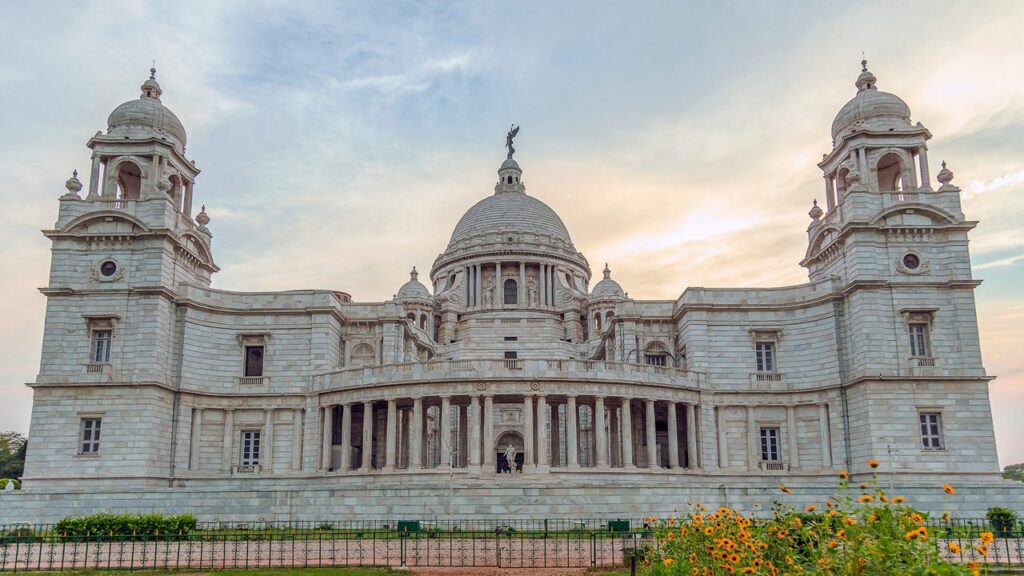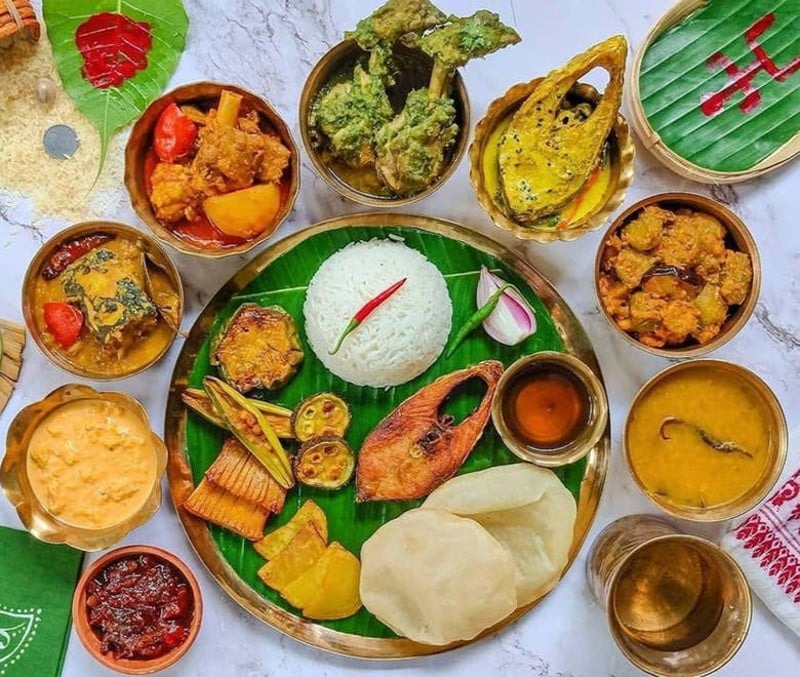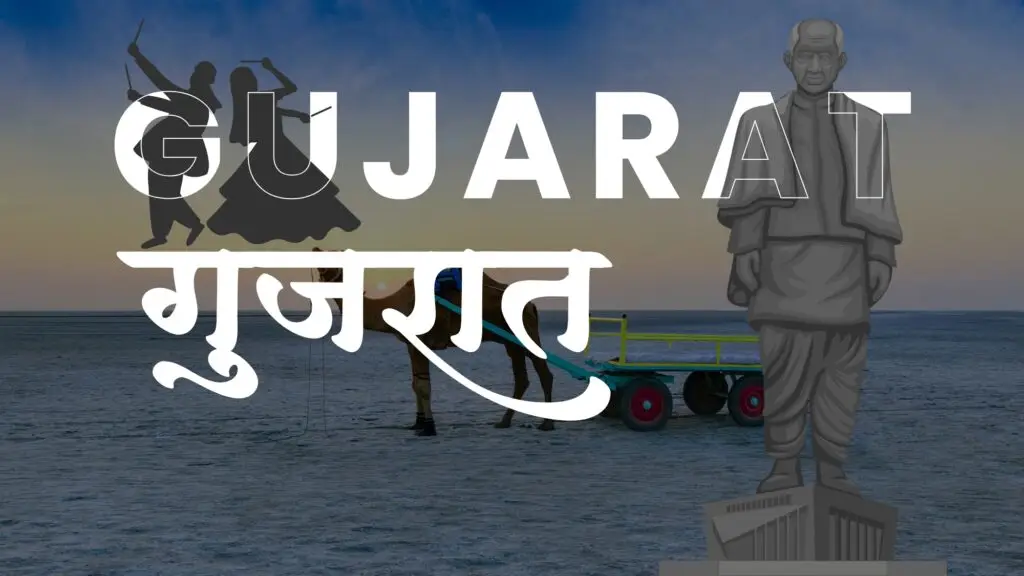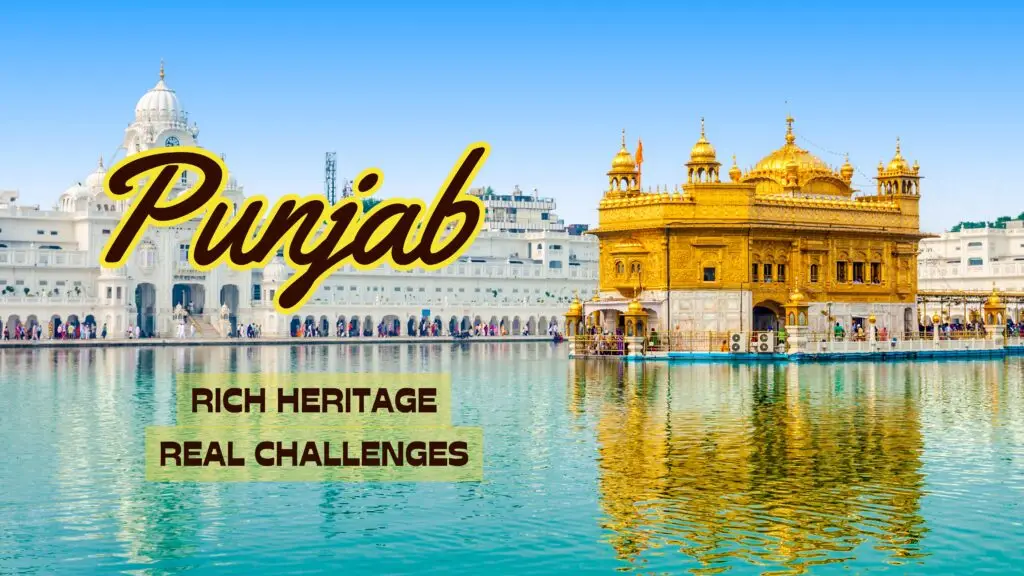West Bengal, located on India’s eastern side, the state of intellectual heritage, artistic brilliance and deeply rooted traditions. Described as the cultural capital of India, it is the birthplace of Nobel laureates, revolutionary thinkers and iconic artists. From the mighty Himalayan mountains in the north to the mystical mangrove forests of the Sundarbans in the south, West Bengal is a land of stunning geographical diversity, vibrant social life, and a unique mixture of historical glory and contemporary aspiration.

West Bengal’s Unique History
West Bengal’s history is as layered as the alluvial plains that define much of its landscape. Ancient kingdoms like Gauda and Vanga laid the foundations for a rich civilization. Under the Pala and Sena dynasties, art, philosophy, and learning flourished. The arrival of Islamic rule brought new architectural styles and cultural influences, particularly visible in places like Gaur and Murshidabad.
However, a pivotal chapter in Bengal’s history began with the arrival of European traders, leading to British colonial rule. Kolkata (formerly Calcutta) became the first capital of British India, making Bengal the epicentre of colonial administration and, crucially, a hotbed of intellectual awakening. The Bengal Renaissance of the 19th and early 20th centuries was a transformative period, witnessing a phenomenal surge in literature, art, science, and social reform. Visionaries like Raja Ram Mohan Roy (the “Father of Modern India”), Ishwar Chandra Vidyasagar, and Swami Vivekananda championed social justice, education, and religious reform. This era also saw the birth of modern Indian nationalism, with figures like Subhas Chandra Bose leading the charge for independence.
The agony of the 1947 Partition, which divided Bengal into West Bengal (India) and East Pakistan (later Bangladesh), left deep scars but also forged an unbreakable spirit of resilience and cultural pride that continues to define the state.
West Bengal’s Rich Culture
Bengali culture is renowned globally for its depth, refinement, and artistic fervor. It’s a culture that celebrates knowledge, creativity, and community.
- Festivals: The crowning glory of Bengali culture is Durga Puja. More than just a religious festival, it’s a colossal artistic and social carnival, where elaborate pandals (temporary structures) showcase breathtaking artistry, streets buzz with music and feasting, and the entire state comes alive in a celebration of creativity and community spirit. Other major festivals include Kali Puja, Saraswati Puja, Eid, and Christmas.
- Arts & Literature: West Bengal is the undisputed literary capital of India, having produced literary giants like Rabindranath Tagore (Nobel laureate in Literature), Bankim Chandra Chattopadhyay, Sarat Chandra Chattopadhyay, and Kazi Nazrul Islam. Bengali literature boasts a vast collection of poetry, novels, and short stories that have shaped modern Indian thought. The state is also a hub for classical music (Hindustani classical), folk music (Baul, Bhatiali), and traditional dance forms like Chhau (a masked martial dance) and Kathak (North Indian classical, with strong roots here).
- Cinema: Bengali cinema has a rich legacy, with legendary directors like Satyajit Ray (Oscar-winner), Ritwik Ghatak, and Mrinal Sen earning international acclaim for their artistic contributions.
- Traditional Crafts: The state is a hub for intricate handicrafts.
- Kantha embroidery: A unique stitch done by rural women, often transforming old sarees into new pieces of art.
- Terracotta Craft: Particularly famous from Bishnupur, producing iconic items like the Bankura Horse.
- Dokra metal craft: Ancient lost-wax casting technique for metal figurines.
- Patachitra: Traditional scroll painting narrating epics and folklore.
- Conch Shell Craft: Intricate carvings on conch shells, used in religious rituals.
- Clay Modelling: Especially for deity idols during festivals like Durga Puja.
Geography and Environment
West Bengal boasts an extraordinary geographical diversity within its borders:
- Himalayan Foothills: In the north, the districts of Darjeeling and Kalimpong are nestled in the lower Himalayas, offering stunning mountain vistas, cool climate, and lush tea gardens.
- Gangetic Plains: The vast majority of the state is covered by the fertile Gangetic Delta, crisscrossed by numerous rivers and their tributaries, including the mighty Hooghly, Damodar, and Teesta. This region is highly fertile and densely populated.
- Coastal Regions: The southern part extends to the Bay of Bengal, featuring coastal plains and the unique ecosystem of the Sundarbans.
- Plateau Regions: The western part of the state features parts of the Chota Nagpur Plateau, characterized by laterite soil and undulating terrain.
However, this rich environment also faces significant challenges:
- Climate Change Vulnerability: West Bengal is highly susceptible to the impacts of climate change, including rising sea levels, increased frequency of cyclones, floods, and erratic rainfall patterns.
- Water Pollution: Rivers, particularly the Hooghly, suffer from pollution due to industrial discharge, urban waste, and agricultural runoff.
- Deforestation & Land Degradation: While efforts are ongoing, land degradation and deforestation due to population pressure and developmental activities remain concerns.
- Biodiversity Loss: The Sundarbans, a critical UNESCO World Heritage Site and a global biodiversity hotspot, faces unique threats to its mangrove ecosystem and the Royal Bengal Tiger.
The state government, in collaboration with national and international bodies, is implementing various initiatives, including mangrove regeneration, promoting renewable energy, sustainable agriculture practices, and urban sustainability projects, to mitigate these environmental challenges and adapt to climate change impacts.
The Evolving Economy
Agriculture has historically been the mainstay of West Bengal’s economy, and it continues to be a significant employer. The state is a major producer of rice, jute, potatoes, sugarcane and oilseeds. The northern regions are globally renowned for high-quality Darjeeling Tea.
However, West Bengal’s economy is undergoing a gradual but significant transformation, with a growing focus on industry and services:
- Manufacturing: The industrial belt along the Hooghly River, extending north and south of Kolkata, remains important for jute mills, textiles, and engineering. Durgapur and Burnpur host major steel plants. Haldia is a significant petrochemical complex with an oil refinery. Other industries include leather goods (Kolkata Leather Complex is globally recognized), chemicals, fertilizers, and automobiles. The state is actively promoting Micro, Small, and Medium Enterprises (MSMEs) and cluster-based manufacturing.
- Services Sector: This is the largest contributor to the state’s economy. Kolkata serves as the financial center for Eastern India, with significant presence in banking, finance, and insurance. The Information Technology (IT) sector is growing rapidly, with Salt Lake’s Sector V and New Town (Rajarhat) emerging as major IT hubs, attracting global and domestic IT firms. The Bengal Silicon Valley Tech Hub is an ambitious ongoing project aimed at further boosting the IT/ITeS, data center, and e-commerce sectors.
- Challenges in Growth: While growth is evident, West Bengal has historically faced challenges like industrial stagnation (post-partition and during the era of severe labor unrest), infrastructure deficits in some areas, and high population density putting pressure on resources. The state is actively working to overcome these, focusing on attracting capital, improving ease of doing business, and strengthening social infrastructure.
The Heartbeat of the People
West Bengal is one of India’s most densely populated states. Bengali is the official and predominant language, known for its sweet cadence and rich literary tradition. Hindi, English, and various tribal languages are also spoken. The Bengali people are known for their intellectual curiosity, artistic inclinations, love for debate, and strong community ties, particularly visible during festivals. The lifestyle in Kolkata is a blend of old-world charm and modern urban hustle, while rural areas maintain a more traditional pace.
In terms of human development, West Bengal has a strong educational heritage, having housed some of India’s oldest and most prestigious universities. The state continues to emphasize education, with numerous universities, research institutions, and a focus on improving literacy rates. The healthcare infrastructure is extensive, particularly in Kolkata, which serves as a medical hub for Eastern India. However, ensuring equitable access to quality healthcare and education across all rural and remote regions remains a key developmental priority.
West Bengal’s Culinary Delights

Bengali cuisine is a celebrated gastronomic tradition, known for its subtle yet distinct flavors, often incorporating a unique balance of sweet, sour, salty, and spicy. Fish and rice are staple components of the diet.
- Staple Foods: Fish preparations are incredibly diverse, from Macher Jhol (fish curry) to Shorshe Ilish (Hilsa fish in mustard sauce). Rice is served with almost every meal.
- Mustard Oil: This is the primary cooking medium, lending a pungent and unique flavor profile to many dishes.
- “Panch Phoron”: A distinctive five-spice blend (fenugreek, nigella, cumin, radish seed, and fennel) is commonly used.
- Vegetable Dishes: A wide variety of vegetable preparations, often cooked minimally to retain their natural flavors.
- Sweets (Mishti): Bengalis are legendary for their sweet tooth! Iconic sweets include Rosogolla, Sandesh, Mishti Doi (sweet yogurt), and a vast array of other milk-based desserts. These are often eaten after meals and as snacks.
- Street Food: Kolkata’s street food scene is vibrant, offering Kathi Rolls, Puchkas (pani puri), Ghugni Chat, and various fried snacks.
Bengal’s Tourism and Hospitality
West Bengal offers an incredibly diverse and captivating tourism experience, catering to every kind of traveler. The state’s inherent hospitality reflects its warm, cultured populace, making visitors feel truly welcome.
- Cultural & Historical:
- Kolkata: The “City of Joy,” a vibrant metropolis with colonial architecture (Victoria Memorial, Howrah Bridge, St. Paul’s Cathedral), bustling markets, iconic yellow taxis, and a thriving intellectual and artistic scene.
- Shantiniketan: The abode of peace founded by Rabindranath Tagore, a university town promoting holistic education amidst natural beauty.
- Bishnupur: Famous for its unique terracotta temples, reflecting ancient architectural and artistic traditions.
- Murshidabad: A historical city with grand palaces like Hazarduari Palace, showcasing the Nawabi past.
- Natural Wonders:
- Darjeeling: The “Queen of the Hills,” renowned for its breathtaking mountain views (including Kanchenjunga), world-famous Darjeeling Tea gardens, and the iconic Darjeeling Himalayan Railway (“Toy Train”), a UNESCO World Heritage Site.
- Sundarbans National Park: A UNESCO World Heritage Site, the world’s largest mangrove forest, home to the Royal Bengal Tiger, estuarine crocodiles, and a unique ecosystem, explored via boat safaris.
- Dooars & Terai: The picturesque foothills of the Himalayas, known for tea gardens, wildlife sanctuaries (Jaldapara, Gorumara), and elephant habitats.
- Spiritual: Significant temples like Dakshineswar Kali Temple and Kalighat Temple in Kolkata draw devotees.
Challenges and Future
Despite its rich heritage and economic potential, West Bengal faces several significant challenges:
- Industrial Revival: Overcoming the legacy of de-industrialization and attracting large-scale manufacturing investments to create more jobs.
- Urban Management: Managing rapid urbanization in Kolkata and other cities, addressing issues like infrastructure strain, waste management, and pollution.
- Environmental Vulnerability: Adapting to the severe impacts of climate change, particularly protecting the Sundarbans and coastal areas from rising sea levels and cyclones.
- Agricultural Modernization: Ensuring sustainable farming practices, crop diversification, and better market access for farmers.
- Skill Development: Equipping its large workforce with skills relevant to emerging industries and the service sector.
However, West Bengal is actively charting a course for a more prosperous future. The state government is focusing on:
- Infrastructure Development: Improving road, rail, and port connectivity.
- IT & Startups: Aggressively promoting the IT sector and fostering a startup ecosystem to create high-value jobs.
- Industrial Policy: Implementing investor-friendly policies to attract domestic and foreign investment.
- Tourism Promotion: Investing in tourism infrastructure and marketing to unlock the state’s vast tourism potential.
- Social Development: Continuing to prioritize education, healthcare, and welfare schemes to ensure inclusive growth.
- Renewable Energy: Expanding solar and wind power installations.
West Bengal is a state of profound contradictions and captivating beauty. It carries the weight of a monumental history, yet pulses with a dynamic contemporary energy. Its intellectual debates, artistic celebrations, and unique culinary experiences define its soul. Despite the challenges, the indomitable spirit of the Bengali people, their deep cultural pride, and the state’s strategic development initiatives ensure that West Bengal continues to be a pivotal force in India’s journey, forever embodying the unmistakable soul of the nation.




